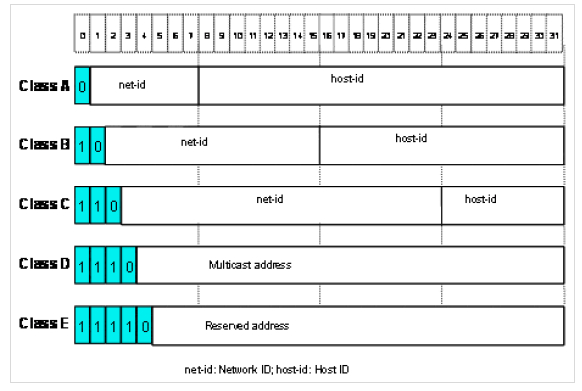
 Data Structure
Data Structure Networking
Networking RDBMS
RDBMS Operating System
Operating System Java
Java MS Excel
MS Excel iOS
iOS HTML
HTML CSS
CSS Android
Android Python
Python C Programming
C Programming C++
C++ C#
C# MongoDB
MongoDB MySQL
MySQL Javascript
Javascript PHP
PHP
- Selected Reading
- UPSC IAS Exams Notes
- Developer's Best Practices
- Questions and Answers
- Effective Resume Writing
- HR Interview Questions
- Computer Glossary
- Who is Who
What are the challenges of a Computer Network?
Let's try to understand what reliability challenges for computer networks are.
This can be defined as packet loss, bandwidth saturation, and latency, but this type of information would be really unhelpful to those IT companies whose networks are small, and failures not well under- stood & might be limited to rebooting.
Five reliability challenges
The reliability challenges for a computer network are as follows −
Host Identification
The Host ID is the portion of an IP address that uniquely identifies a host on a given TCP/IP network.
The smaller networks can be easily configured with the help of manual addressing, but it becomes a serious problem in large networks when it comes to host identification.
Without any proper address of networking it becomes hard to establish communication in a computer network.

Given below is the solution to solve the issue shown above −
Check for network connectivity
Troubleshooting. Changing your web browser. Deactivating firewall. Restarting the router. Selecting another DNS server.
Configure your network adapter settings.
Check & Turn on Windows Firewall.
Performance Degradation
Many times we have faced loss in data integrity and speed of a network which is generally down to poor transmissions and is also known as performance degradation.
The network problems can arise from faulty hardware, like routers, switches, firewalls, and even from unexpected usage patterns, like network bandwidth spikes, changes in app configuration, or security breaches.
There are many causes of poor network performance. Some network problems may come from faulty hardware, such as routers, switches, firewalls.
Without the right equipment at endpoints and midpoints along the way, it’s impossible to provide the high-speed communication needed by today’s applications.
Network designs need to handle spikes in load and provide alternate routes to enable communication to continue even when a link fails.
Given below is the solution to solve the issue mentioned above −
Create a network performance baseline to easily identify poor performance.
Use VLANs to segment low-priority traffic.
Just avoid executing selected regions of one of the redundant.
Slow Connectivity
The most frequent causes of poor & slow Internet performance are spyware and viruses.
Slow connectivity in a network is more frustrating where an easy task takes a long time to be performed over the network.
It could be a problem with your modem or router, Wi-Fi signal, signal strength on your cable line. This can bog down your network and create security risks.
Given below is the solution to solve the issue mentioned above −
Use speed test websites, conducting tests from geographically remote servers.
if internet performance is critical, you'll need to procure adequate connectivity.
Give your hardware the universal fix.
Turn off or limit bandwidth-hogging apps.
When you're beginning the troubleshooting process, check all your hardware to make sure it's connected properly, turned on, and working.
Security Issues
Whenever it comes to computer networks there this security issue always comes up.
The security precautions related to computer information and access address major threats.
There are security issues such as: data loss, security breaches, malicious attacks, such as hacking and viruses.
Even if you have firewalls, antivirus solutions, and a digital security team, cybercriminals can still find ways to exploit any vulnerability.
Given below is the solution to solve the issue mentioned above −
Anti-Virus Software. As one of the oldest methods for combating cyber security issues, anti-virus software should be a no-brainer
Firewalls
Two-Factor Authentication.
VPN Virtual Private Network

